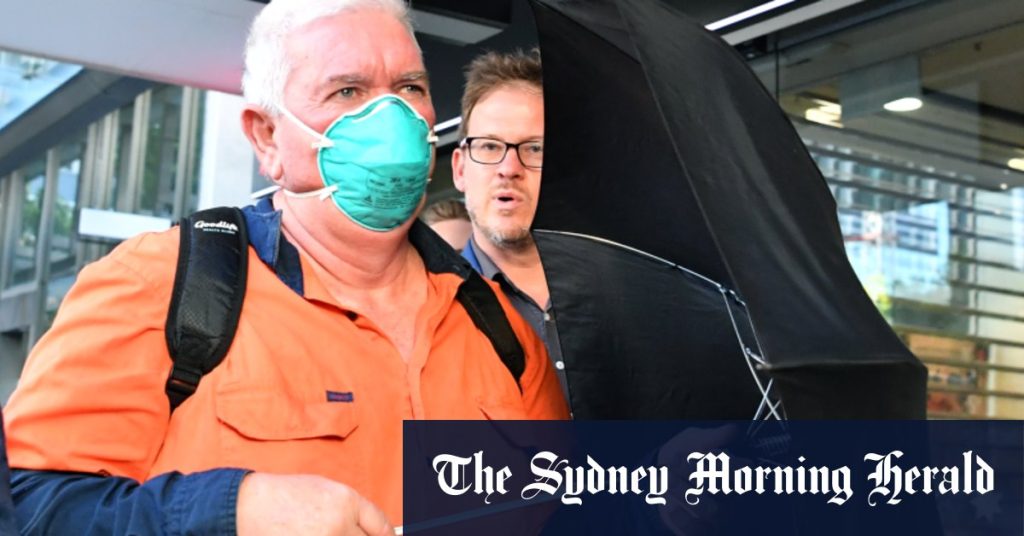The case of Sharron Phillips, who disappeared in 1986, has remained a haunting unsolved mystery in Queensland for over three decades. The 20-year-old vanished while waiting for her boyfriend after running out of petrol in Wacol, south-west Brisbane. Despite hundreds of leads and investigations, no one has been charged, and Phillips’ body has never been found. The reopening of the inquest into her disappearance led to taxi driver Raymond Peter Mulvihill being identified as the number one suspect by the police.
During the hearings in 2020 and 2021, Mulvihill’s stepson, Ian Seeley, claimed that his stepfather was responsible for abducting and killing Sharron Phillips. Seeley alleged that Mulvihill had also murdered at least 10 other women and hidden their bodies in a drain alongside Phillips. However, State Coroner Terry Ryan found that Seeley had a commercial motive to lie, as he was looking to benefit his podcast about the case. Ryan stated that Seeley’s claims were unsupported, and that he was an unreliable witness.
While Ryan acknowledged that it was possible that both Mulvihill and Seeley may have had some involvement in Sharron’s disappearance, he concluded that there was not enough evidence to support Seeley’s allegations against his stepfather. The coroner’s findings cast doubt on Seeley’s credibility and the veracity of his claims. This development raises questions about the motives behind making such serious accusations, especially in a case that has remained unsolved for so long and has caused immense pain to Phillips’ loved ones.
The case of Sharron Phillips continues to captivate the public’s attention in Queensland, as the search for answers and justice for her disappearance remains ongoing. The relentless pursuit of truth and closure in this cold case underscores the enduring impact of unresolved crimes on families, communities, and law enforcement. Despite the setbacks and challenges in the investigation, the commitment to uncovering the truth and holding those responsible accountable remains steadfast.
The allegations made by Ian Seeley in connection to the disappearance of Sharron Phillips have added another layer of complexity to the case, raising doubts about the credibility of certain individuals involved. The coroner’s findings have shed light on the potential motives behind such accusations and underscore the importance of verifying information in high-profile cases. As the investigation into Phillips’ disappearance continues, it is crucial to separate fact from fiction and pursue leads based on evidence and reliable sources.
The role of the media, podcasts, and public interest in shedding light on cold cases like Sharron Phillips’ disappearance highlights the power of storytelling and advocacy in seeking justice for victims and their families. However, the importance of maintaining integrity, ethical standards, and accuracy in reporting cannot be overstated, especially in cases where lives and reputations are at stake. The conflicting narratives and allegations surrounding this case serve as a cautionary tale about the potential impact of unchecked information and the responsibility of all involved in seeking justice and truth.


